Personal Stylist Alternatives: Developing Your Own Style
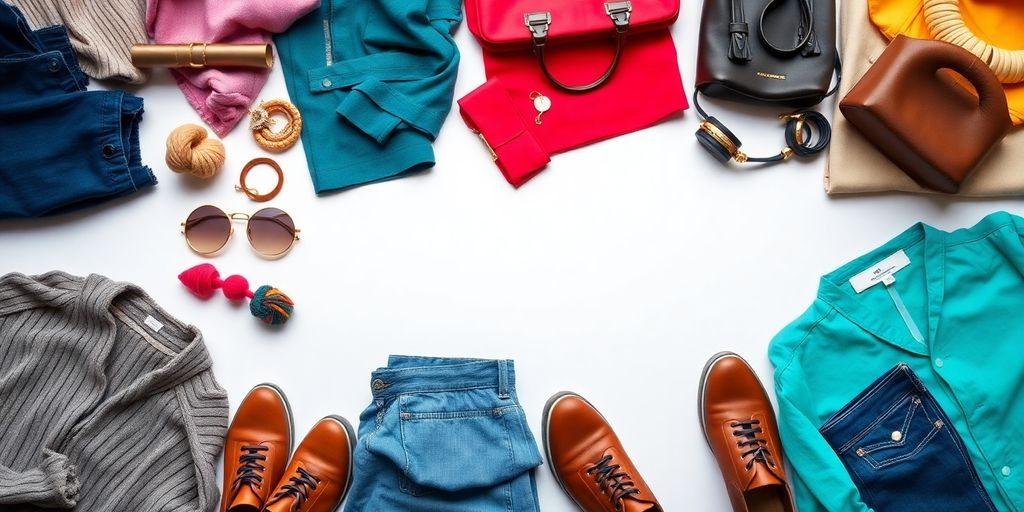
Finding your personal style can feel like a daunting task. You might open your closet and think, “I have nothing to wear!” You try on outfit after outfit, only to end up frustrated and overwhelmed. But developing your own style doesn’t have to be complicated or require a personal stylist. With the right approach, you can explore your tastes, find inspiration, and create a wardrobe that truly reflects who you are. Here’s how to do just that.
Key Takeaways
- Understanding your personal style is about self-expression and confidence.
- Look to style icons for inspiration, but remember to make their looks your own.
- Use digital tools like Pinterest and Instagram to curate outfit ideas.
- Regularly assess your wardrobe to identify what you love and what you don’t.
- Create a wishlist to help manage your purchases and avoid impulse buys.
Understanding Your Personal Style
Defining Personal Style
Okay, so what is personal style anyway? It’s more than just throwing on clothes. It’s about expressing yourself without saying a word. It’s how you put together outfits that feel like you, and it’s a journey, not a destination. It’s about figuring out what makes you feel confident and comfortable, and then rocking it. Don’t overthink it, just start paying attention to what you’re drawn to. If you’re looking to make money online, you need to find the right niche, and the same goes for your personal style.
The Role of Fashion in Self-Expression
Fashion is a language. Seriously! It’s a way to communicate your personality, your mood, and even your values. Think about it: someone in a tailored suit sends a different message than someone in ripped jeans and a band tee. It’s not about following trends blindly; it’s about using fashion as a tool to show the world who you are. It’s about finding pieces that resonate with you and combining them in a way that tells your story.
How Personal Style Evolves
Your style isn’t set in stone. It’s going to change as you change. Life events, new interests, even just getting older – all of these things can influence what you want to wear. Don’t be afraid to experiment and try new things. What you loved five years ago might not be what you love today, and that’s totally fine. The key is to stay open to new ideas and to keep having fun with it.
Personal style is a journey, not a destination. It’s about learning what you like, what makes you feel good, and then expressing that through your clothes. Don’t be afraid to experiment, to make mistakes, and to evolve. The most important thing is to stay true to yourself and to have fun along the way.
Finding Inspiration in Others

It’s easy to get stuck in a style rut. Sometimes, all it takes is a little inspiration from others to spark new ideas and help you refine your own look. Looking at how other people put outfits together can be a great way to discover new combinations and aesthetics you might not have considered before.
Identifying Style Icons
Think about people whose style you genuinely admire. This could be celebrities, influencers, or even people you see on the street. What is it about their style that appeals to you? Is it their use of color, their silhouettes, or their overall vibe? Make a list of these style icons and start paying closer attention to their fashion choices. What key pieces do they wear that resonate with you?
Mimicking Looks You Love
Once you’ve identified some style icons, try recreating some of their outfits using pieces you already own. This isn’t about copying someone else’s style exactly, but rather about experimenting with new ideas and seeing what works for you. You might be surprised at how a simple change in styling can transform your entire look. Don’t feel the need to define your aesthetic too rigidly. Personal style is more nuanced than labels like "coastal grandma" or "mob wife."
Exploring Different Aesthetics
Don’t be afraid to step outside of your comfort zone and explore different aesthetics. Try on clothes that you wouldn’t normally wear, and see how they make you feel. You might discover a new style that you absolutely love. Remember, fashion is supposed to be fun! You have the ability to play around and try new things. If you try something you don’t love, no sweat; you’re just one step closer to finding what you do like.
It’s important to remember that personal style is a journey, not a destination. It’s okay to experiment, make mistakes, and change your mind along the way. The most important thing is to have fun and express yourself through your clothing.
Utilizing Digital Tools for Style Development
These days, figuring out your style doesn’t have to involve endless shopping trips or expensive consultants. The internet is full of resources that can help you define and refine your look. Let’s explore some digital tools that can be your personal style assistants.
Creating Pinterest Mood Boards
Pinterest is like a giant, visual brainstorming session for your style. It’s more than just saving pretty pictures; it’s about identifying patterns and preferences. Start by creating a board specifically for style inspiration. Pin outfits, colors, textures, and even environments that appeal to you. Don’t overthink it at first – just save anything that catches your eye. Over time, you’ll start to see common threads. Maybe you’re drawn to a certain color palette, a specific silhouette, or a particular era of fashion. Use these insights to guide your future style choices. I found that using Pinterest for style inspiration really helped me narrow down my aesthetic.
Using Instagram for Outfit Ideas
Instagram is a goldmine for outfit inspiration. Follow stylists, fashion bloggers, brands, and even everyday people whose style you admire. Pay attention to how they put outfits together, the accessories they choose, and the overall vibe they create. Don’t just passively scroll; actively engage with the content. Save posts that resonate with you, and try to recreate similar looks using items you already own. Instagram is also a great place to discover new brands and trends, but remember to stay true to your personal style. It’s easy to get caught up in what’s popular, but the goal is to develop a style that feels authentic to you. I love seeing how different people style the same basic pieces – it’s a great way to get ideas for new outfit ideas.
Exploring Fashion Apps
There’s an app for everything these days, and fashion is no exception. Many apps offer features like virtual styling, wardrobe organization, and personalized shopping recommendations. Some even use AI to analyze your existing wardrobe and suggest outfits based on what you already own. Others focus on helping you find specific items, like that perfect little black dress or a pair of comfortable-yet-stylish sneakers. Experiment with a few different apps to see which ones best suit your needs. Just be mindful of in-app purchases and subscriptions – it’s easy to spend more than you intended. I’ve been trying out a few apps that offer wardrobe analysis, and it’s been surprisingly helpful in identifying gaps in my closet.
Digital tools are great, but remember that style is ultimately about self-expression. Don’t let algorithms dictate what you should wear. Use these resources as a starting point, but always trust your own instincts and preferences.
Evaluating Your Current Wardrobe
It’s easy to get caught up in wanting new things, but before you start dreaming up your ideal style, it’s super important to take stock of what you already have. This isn’t just about knowing what’s in your closet; it’s about understanding what works, what doesn’t, and why. Think of it as a style audit – a chance to get real with yourself about your clothes.
Assessing What You Own
Okay, time to face the music. Pull everything out of your closet and drawers. Yes, everything. Lay it all out on your bed or floor. This might seem overwhelming, but it’s the only way to truly see what you’re working with. Start by sorting items into categories: tops, bottoms, dresses, outerwear, etc. Then, go through each item and ask yourself some tough questions:
- Have I worn this in the past year? If not, why?
- Does it fit me well right now?
- Is it in good condition (no stains, tears, or excessive wear)?
- Do I genuinely love wearing it, or do I just keep it around "just in case"?
- Does it align with the best WooCommerce alternatives I’m aiming for?
Be honest with yourself! If something doesn’t spark joy or serve a purpose, it’s time to consider letting it go.
Identifying Key Pieces
Now that you’ve weeded out the duds, let’s focus on the winners. These are the items that you reach for again and again, the ones that make you feel confident and comfortable. These key pieces are the foundation of your personal style. They might be classic staples like a well-fitting pair of jeans, a crisp white shirt, or a versatile black dress. Or, they could be more unique items that reflect your personality, like a vintage leather jacket or a brightly colored scarf. Pay attention to the colors, silhouettes, and fabrics that you gravitate towards. These are clues to your personal style preferences. Consider creating a personal style wishlist to keep track of these preferences.
Recognizing What No Longer Fits
This isn’t just about size; it’s about fit in every sense of the word. Clothes that are too big, too small, or simply don’t flatter your body shape can sabotage your style. It’s also about recognizing when an item no longer fits your lifestyle or personal taste. Maybe you loved that sequined top in your early twenties, but it doesn’t feel right anymore. Or perhaps those sky-high heels are gathering dust because you now prioritize comfort. Don’t hold onto things out of guilt or nostalgia. If something doesn’t make you feel good, it’s time to say goodbye. Consider donating or selling items that are still in good condition. Remember, a curated wardrobe of clothes that fit well and reflect your current style is always better than a closet full of ill-fitting or outdated items. It’s about embracing change and exploring fashion apps to stay updated.
Curating a Personal Style Wishlist
Avoiding Impulse Purchases
It’s so easy to get caught up in a sale or a trendy piece, but that’s how closets get cluttered with things you don’t actually love. Creating a wishlist is a great way to combat those impulse buys. I’ve definitely been there, seeing something shiny and new and immediately wanting it, only to realize later it doesn’t really fit my overall style. Now, I add things to a list and wait a few days. More often than not, the urge passes, and I save money and closet space!
Strategically Adding New Pieces
Think of your wishlist as a strategic plan for your wardrobe. It’s not just about wanting things; it’s about identifying gaps and finding pieces that will truly complement what you already own. I like to consider what I’m missing – maybe it’s a versatile classic trench coat or a pair of comfortable yet stylish boots. By focusing on these needs, you’re building a wardrobe that’s both functional and fashionable.
Keeping Track of Style Goals
Your wishlist can also be a place to keep track of your style goals. Maybe you want to incorporate more color into your wardrobe, or perhaps you’re aiming for a more sustainable approach to fashion. Adding items to your wishlist that align with these goals helps you stay focused and intentional with your purchases.
A wishlist isn’t just a shopping list; it’s a reflection of your evolving style and a tool for making smarter, more satisfying fashion choices. It’s about building a wardrobe that truly represents you and makes you feel confident and comfortable.
Here are some things to consider when building your wishlist:
- Think about the colors and patterns you’re drawn to.
- Consider the types of fabrics and textures you enjoy wearing.
- Reflect on the overall aesthetic you’re trying to achieve.
Experimenting with Accessories

Accessories can really change an outfit. It’s like adding the final brushstrokes to a painting. Don’t underestimate their power to transform your look and express your personality. It’s all about having fun and seeing what works for you.
The Impact of Accessories on Outfits
Accessories can completely change the vibe of an outfit. A simple black dress can go from casual to elegant just by switching up the jewelry and shoes. Think about it: a scarf, a belt, or even just a different pair of earrings can make a huge difference. Accessories let you show off your style without buying a whole new wardrobe. It’s a cost-effective way to keep things fresh and interesting. You can create a mood board to get some ideas.
Mixing and Matching
Don’t be afraid to experiment with different combinations. Try pairing unexpected items together. A chunky necklace with a delicate dress? Why not! A bright scarf with a neutral outfit? Go for it! The key is to play around and see what feels right. Consider the color, texture, and scale of your accessories. A good rule of thumb is to balance bold pieces with simpler ones. It’s all about finding that sweet spot where everything complements each other without being too overwhelming.
Finding Signature Pieces
Signature accessories are those items that you wear all the time and that really represent your style. These could be anything from a favorite watch to a pair of earrings that you never take off.
- A classic leather belt.
- A simple gold necklace.
- A pair of sunglasses that you love.
Finding those pieces that you truly love and that reflect who you are is important. These items become part of your personal brand and help you feel confident and put-together, no matter what you’re wearing. They’re the finishing touch that makes your style uniquely yours.
Embracing Change in Your Style Journey
Allowing for Style Evolution
Style isn’t static; it’s a journey, not a destination. What you loved last year might not resonate today, and that’s perfectly okay. Don’t feel pressured to stick to a rigid definition of your style. Life changes, and so should your wardrobe. Maybe you’re exploring new hobbies, entering a different phase of your career, or simply discovering new aesthetics that excite you. Embrace these shifts and allow them to influence your style choices. It’s all about growth and self-discovery.
Adapting to Life Changes
Life throws curveballs, and your style might need to adjust. A new job with a different dress code? A move to a climate with distinct seasons? These are opportunities to refine your style. Think of it as a chance to edit your wardrobe and make it more functional for your current lifestyle. For example:
- A corporate job might mean investing in tailored pieces.
- A warmer climate could call for lighter fabrics and brighter colors.
- Becoming a parent might prioritize comfort and practicality.
It’s not about losing yourself in these changes, but rather integrating them into your personal style narrative. Your clothes should support your lifestyle, not hinder it.
Staying True to Yourself
While adapting is important, don’t lose sight of what makes you, you. It’s easy to get swept up in trends or feel pressured to conform, but the best style is authentic. If a trend doesn’t feel right, skip it. If a certain color makes you feel amazing, wear it often. Your style should be a reflection of your personality and values. It’s about finding that sweet spot where you’re both comfortable and confident. Remember, the goal is to express yourself, not to impress others.
Wrapping It Up: Your Style Journey
So, there you have it. Finding your personal style isn’t a race; it’s more like a stroll through a thrift store—sometimes you find gems, and sometimes you just walk out empty-handed. It’s all about experimenting, trying new things, and figuring out what makes you feel good. Don’t stress about fitting into a box or sticking to one trend. Your style can change with your mood, the season, or even just what’s on sale. Keep it fun, keep it real, and remember, the best outfit is the one that makes you feel like you. Happy styling!
Frequently Asked Questions
What is personal style?
Personal style is how you show who you are through your clothes and accessories. It reflects your personality and makes you feel good.
How can I find my personal style?
To find your personal style, look at outfits you love, follow your favorite fashion icons, and try mixing different pieces from your closet.
Why is it important to have a personal style?
Having a personal style helps you express yourself, boosts your confidence, and makes getting dressed more enjoyable.
What should I do with clothes that I no longer wear?
If you have clothes that don’t fit your style anymore, consider donating them or selling them. This can help clear space for pieces you love.
How can I avoid impulse buying when shopping for clothes?
To avoid impulse buying, create a wishlist of items you really want and wait 48 hours before making a purchase to see if you still want them.
Can my personal style change over time?
Yes! Your personal style can change as you grow and experience new things. It’s okay to experiment and try new looks.
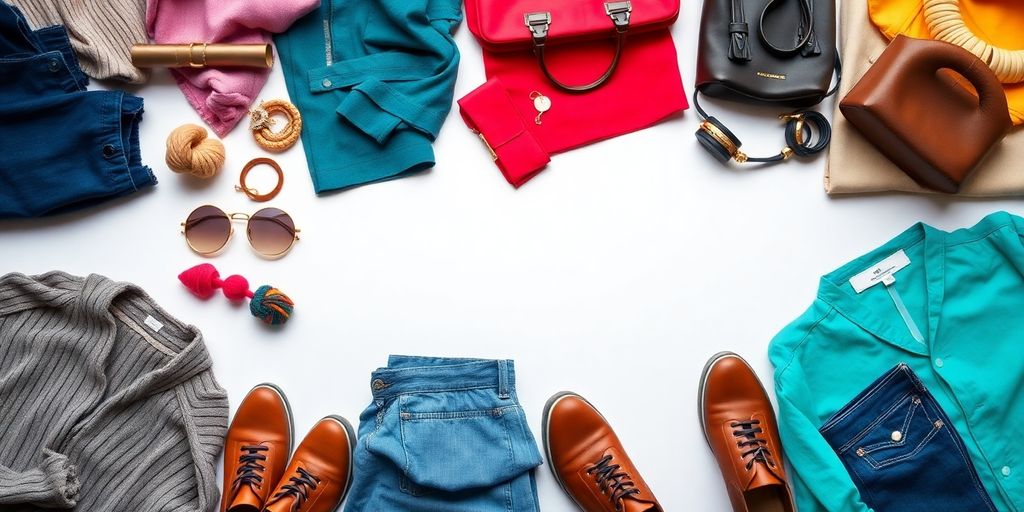
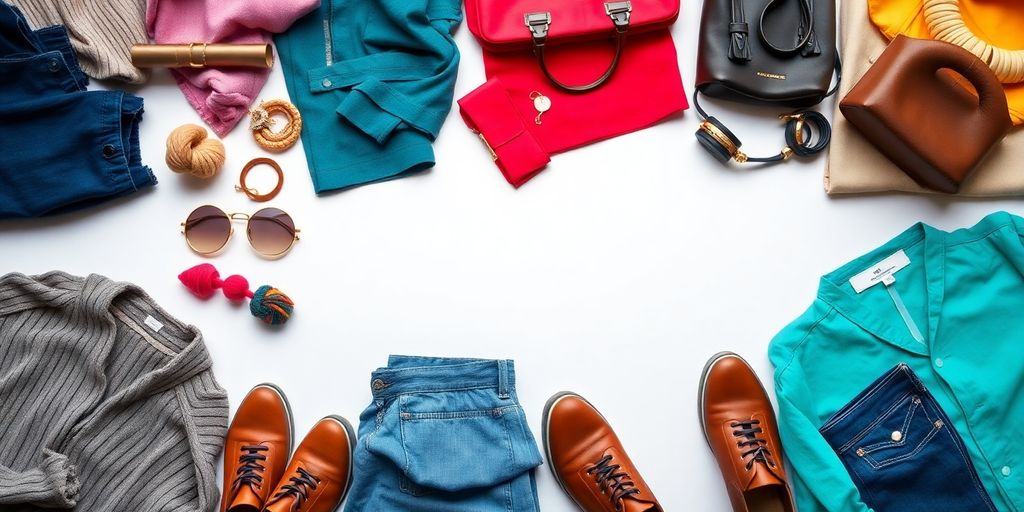

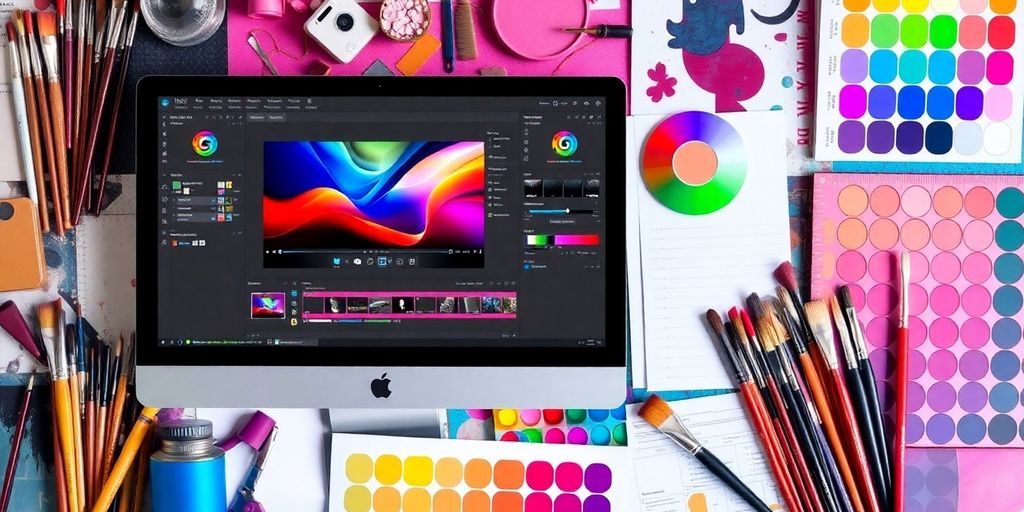
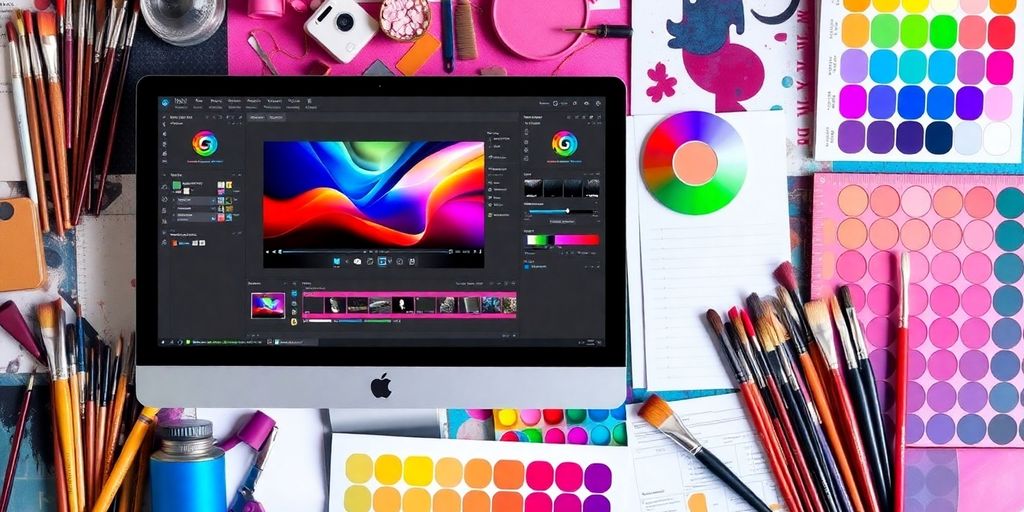
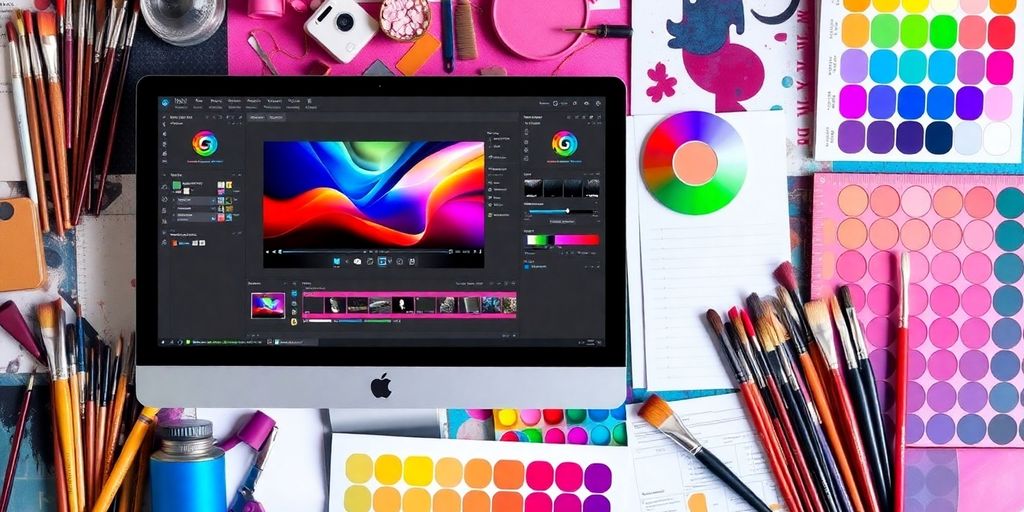
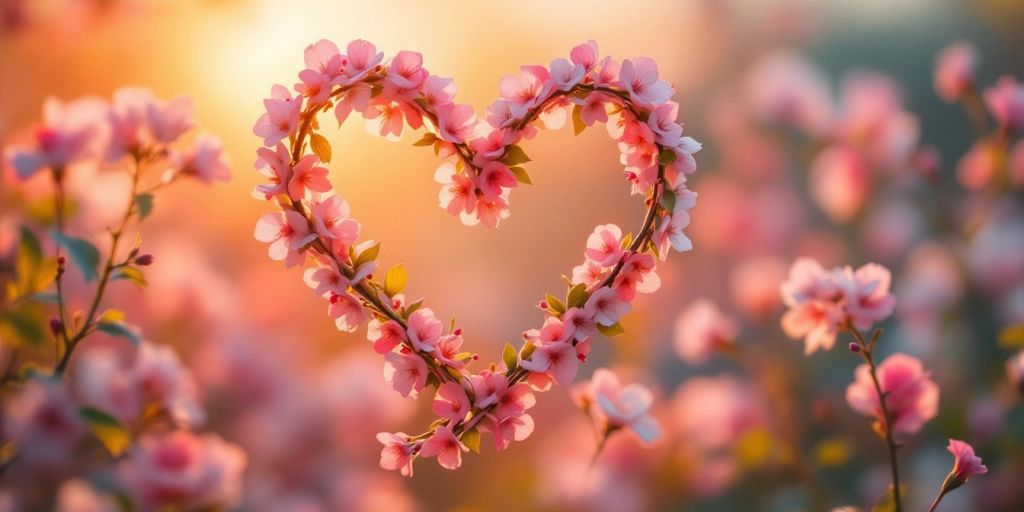
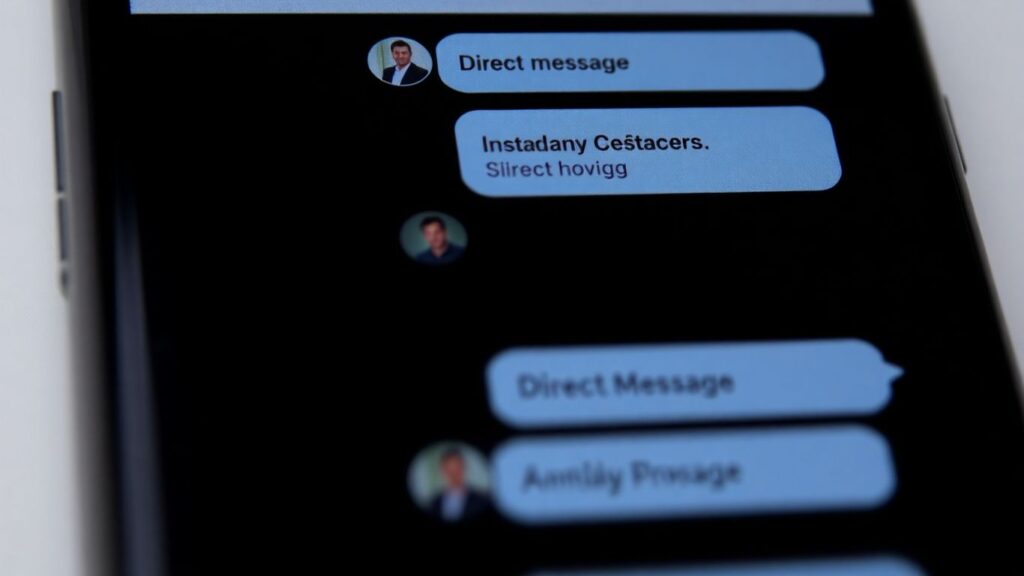
Responses